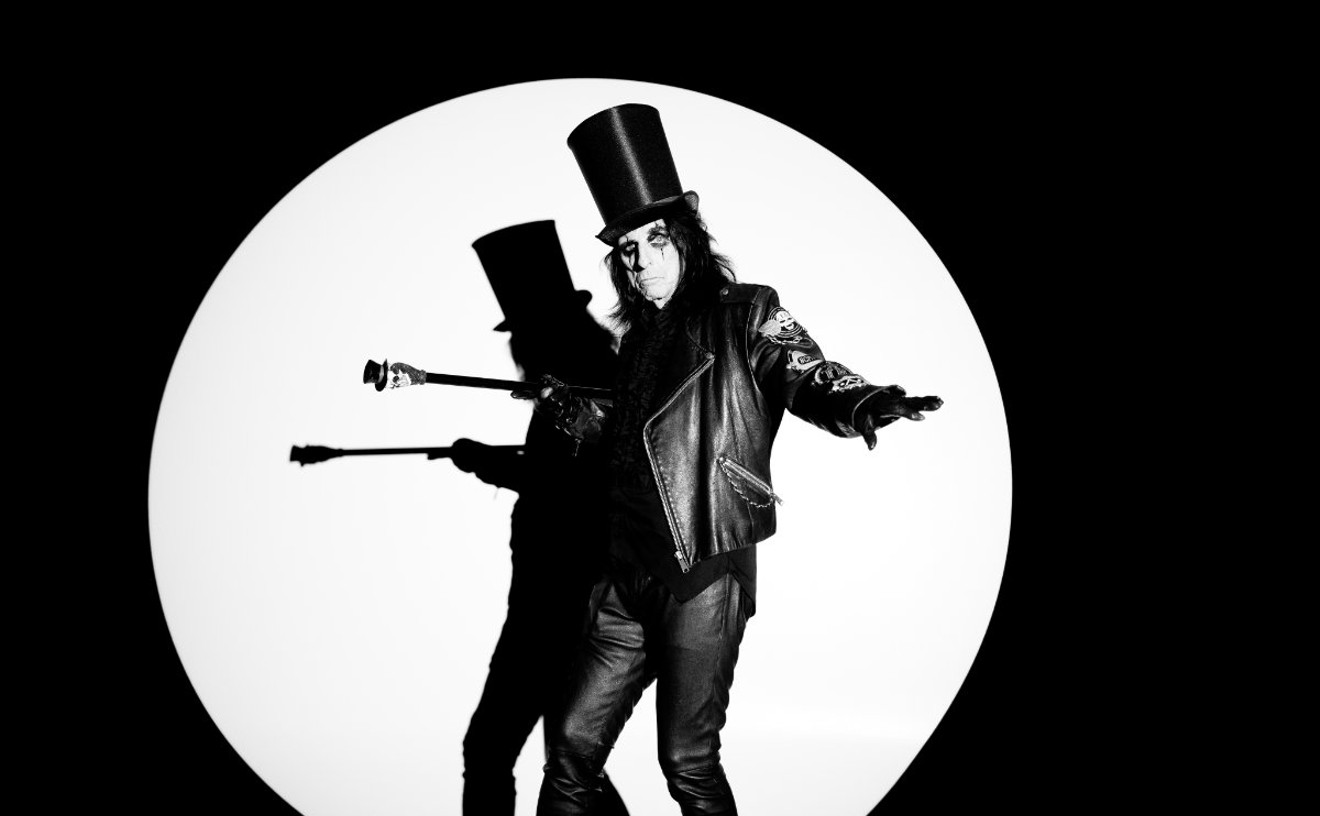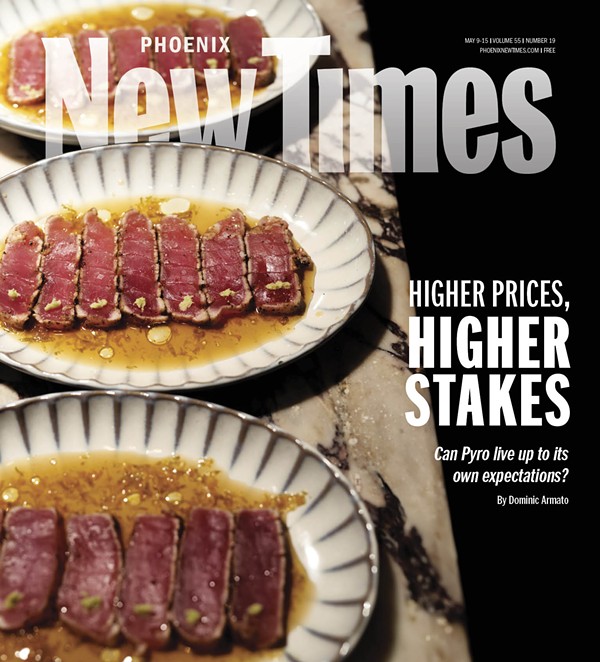But Mingus is remembered as much for his explosive personality as he is for his fierce compositions and extraordinary mastery of the bass. Raised in Watts, he grew up with a streetfighter's fury. He thought nothing of belittling musicians onstage when he believed they were slacking, or threatening indifferent audience members with violence. In Miles Davis' autobiography, the trumpeter recounts an episode that's both hilarious and scary, where Mingus wanted to burn a restaurant to the ground after the management snubbed the bassist because of his race.
The Mingus story is full of such anecdotes -- some true, many not. A great number of them, in fact, were the creation of his own fervent imagination. And yet in spite of his subject's colorful life, volatile behavior and unpredictable antics, Gene Santoro has managed to craft a biography of the jazz giant that is as full of details as a road atlas and equally dull.
Drawing on interviews with ex-wives, family members, musicians and hangers-on, Santoro creates a mosaic that maps out the events of the musician's life, yet never really comes to life itself.
Rather, Santoro squeezes Mingus' story into a prefab trajectory where the musician is either somehow always on the verge of attaining greatness or failing to hit past heights. The author characterizes Mingus as a lightning rod of the times -- which he probably was. But Santoro's hypothesis wears increasingly thin each time he reminds the reader that Mingus was "feeling the Zeitgeist again." It's a phrase that's repeated throughout the book, and it becomes less convincing with each chapter.
Santoro, music critic for The New York Daily News and a regular contributor to The Village Voice and The Atlantic Monthly, spends surprisingly little ink discussing such seminal Mingus works as Pithecanthropus Erectus, Blues and Roots and The Black Saint and the Sinner Lady. Those are recordings that -- nearly 40 years after their release -- still startle the listener with power, energy and wonder. They reveal a composer at odds with the world and on the verge of eruption. But none of that intensity is captured here.
Charles Mingus died in 1979, and a proper retelling of his life is long overdue. Unfortunately, Myself When I Am Real is not it.










